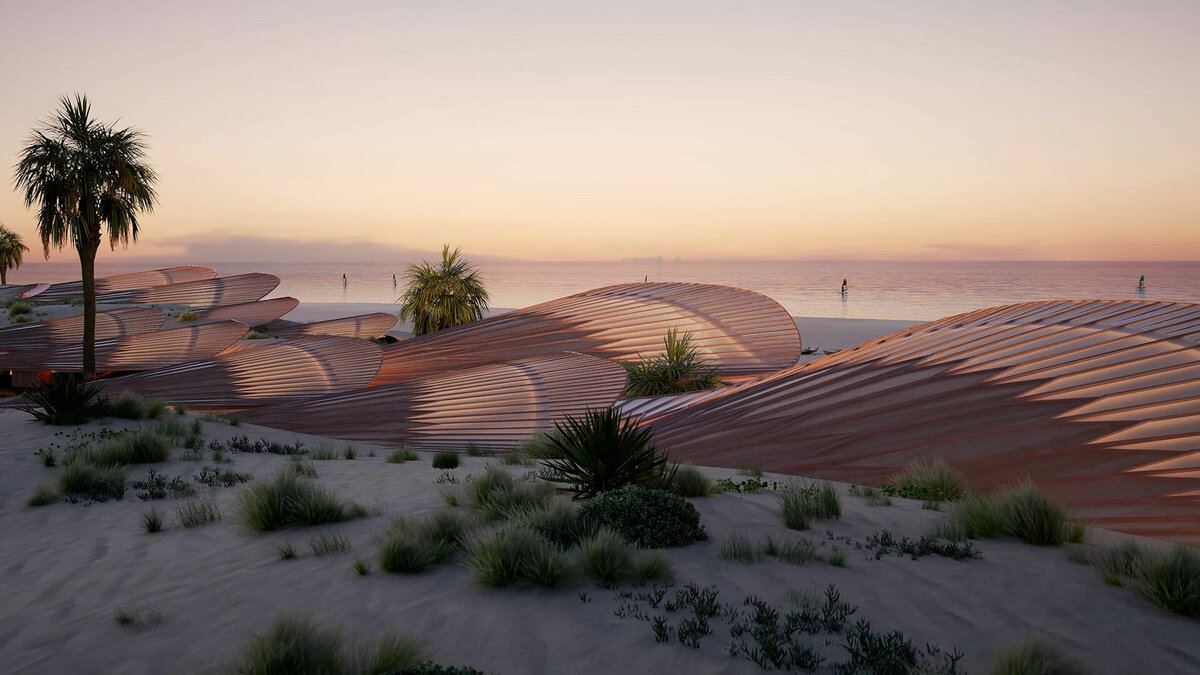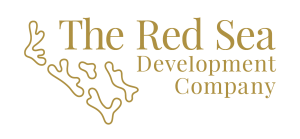
David Glennon, Digital Delivery Director at The Red Sea Development Company
The Middle East is an exciting hub of construction activity. Since the beginning of November 2020, projects worth an estimated $4.3 trillion were planned or under construction across the MENA region, according to Excelize. However, construction companies are under increasing pressure and scrutiny to deliver projects on time and within budget. In the Middle East, factor in protecting workers in extreme conditions and the increased push towards embracing greener construction methods, and these challenges become progressively complex.
The sector is now waking up to the power of digitalization as a way to overcome these challenges. As the Digital Delivery Director of The Red Sea Development Company (TRSDC), the developer behind the world’s most ambitious regenerative tourism project, I too am looking to harness the benefits of digitalization to bring greater efficiency to The Red Sea Project.
The challenges of building in the desert
Our construction workers are dispersed across a wide area at The Red Sea Project, which is being developed over 28,000 km2 of pristine lands and waters along Saudi Arabia’s west coast. This makes it difficult to travel across the site, as well as to monitor and communicate with our workers. A traditional way of working is no longer fit for purpose, which is why we have needed to embrace digital solutions.
As well as the scale of the destination, it is also incredibly varied. We monitor and track myriad aspects of the development, including each of the 90 islands that make up our archipelago individually. This gives us access to an immense amount of environmental data, which can be both invaluable and daunting. It is important that we collect and use this data to draw actionable insights that help us reach our goals and ambitions. That requires digital knowledge and skills.
Yet, globally there is a lack of expertise and understanding of digital methods of construction. In fact, it remains one of the least digitized sectors. That is why, at TRSDC, we are embracing different technological solutions to not just overcome our own unique challenges, but to create digital skills for the greater good too.

Using technology to achieve our goals
To address the digital skills gap, we are investing significantly into training that upskills local talent. More than that, we are creating new roles and careers where digital knowledge will play a central role, such as Information Managers. This includes our Elite Graduate Programme, which has seen 60 young Saudis join the company for on the job training through two separate intakes. The knowledge gained through these initiatives will see the growth of experts within Saudi Arabia who can share and pass knowledge to future generations. We have already started to formalize Knowledge Sharing between PIF agencies for the benefit of other and future projects.
To address other key challenges, we implemented Building Information Modelling (BIM), using the construction management software Autodesk BIM 360. This allows us to more easily communicate with remote teams and provides us with a holistic view of each project’s status and progression. The increased visibility provides a huge amount of helpful data, which in turn enables us to scrutinize the work processes in each team. Through this, we have been able to increase efficiency by improving workflows and adding automation where able. This resulted in us shaving off 1,200 hours’ worth of wasted time and effort resulting in significant cost savings.
To organize and understand all the different data streams being collected at The Red Sea Project, we turned to a Geographic Information System (GIS). Using GIS, our data is collected and organized into an online database. Together with our partners, we can view data on each individual island’s ecosystem and current status of development, providing us with important real-time information.
The information compiled through our BIM and GIS solutions are also instrumental in developing the project’s digital twin, a real-time virtual version of our physical destination. This twin allows all parties to view and understand how buildings and infrastructure might look and feel within a virtual space, reducing the need to physically visit sites. Our digital twin will also be the backbone powering our Smart Destination’s IoT Platform. This includes the 2,500 Internet of Things (IoT) sensors we are deploying throughout the coral reefs, lagoons, and turtle nesting sites, measuring progress against achieving a 30% net conservation benefit by 2040.
What embracing digitalization means
By embracing new digital solutions, we have been able to overcome the complex challenges of building in harsh and remote locations. These technologies allow for higher levels of agility, flexibility, and customization while ensuring the best returns on investments.
This is an exciting opportunity to demonstrate the progress that construction in the Middle East is making when it comes to embracing digitalization, and we’re proud to play a small part.

